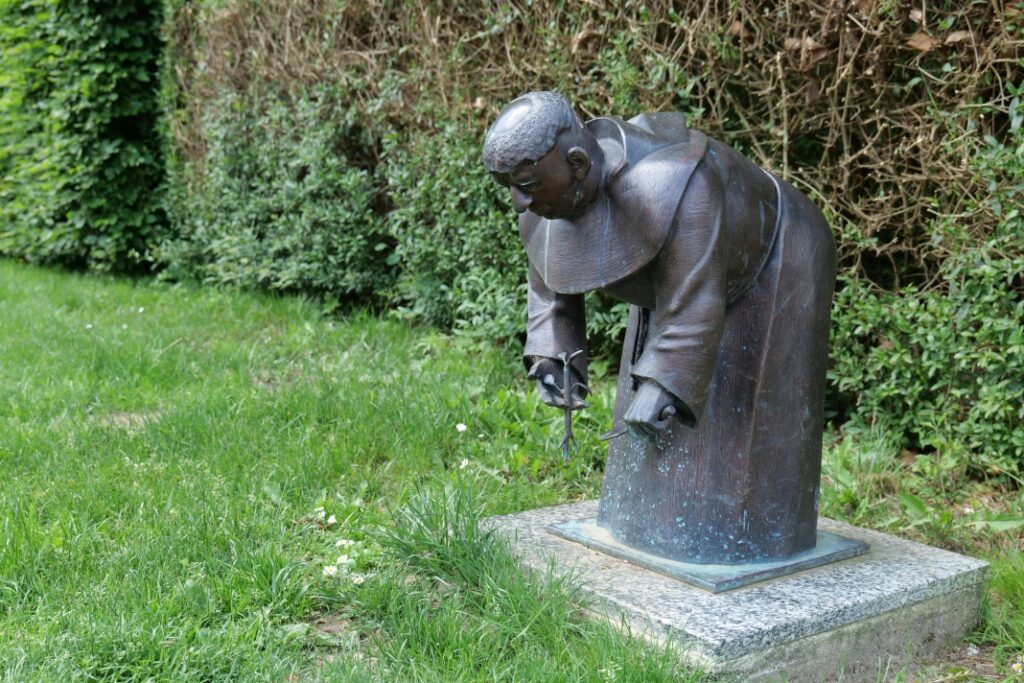HR specialists pride themselves on their ability to write a role description. They’ve established a well-written document allowing an individual to understand what can be asked of him and the tasks he is responsible for. Their pride is well earned; however, it isn’t an invitation to confuse their role description with the role it is for.
Such documents are always static. They list whatever is relevant to the person’s contract and support his ability to step into the role.
The person who takes up the role will quickly find herself confronted with reality. That is, the colleagues with whom he has to work with as well as the hierarchy within which he is acting.
The horizontal and the vertical path both imply a constant flow of information as well as a negotiation of responsibilities related to the active tasks.
The work has to be done and to this everyone has to contribute. People will do so based on their role descriptions. But they also have to deal with the overlaps as well as the gaps that emerge from the given role descriptions.
A given structure established with the collection of role descriptions is a framework. The function of such a framework is to enable individuals to make the work happen from an organizational perspective. The constellation of the given roles and the outcome they create feed the existing processes. Analyzing the overall effectiveness of the work being done may serve HR as feedback. They can use it to verify if their role descriptions serve the organization as well as the individuals.
A role description can’t replace the role nor ensure the process. Together they are a system that can work well or highlight challenges.

